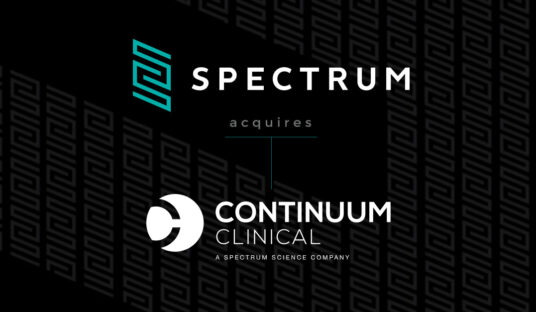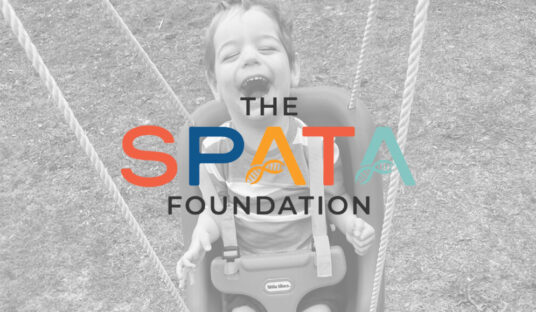Spectrum Science
Adapting With Confidence: Navigating Changes in Direct-to-Consumer Advertising

Yesterday, the U.S. Department of Health and Human Services (HHS) and the Food and Drug Administration (FDA) announced one of the largest and most sweeping enforcement action on pharmaceutical advertising in its history. Per the memo issued by President Trump and a subsequent announcement by the HHS, immediate actions will be taken to reform branded direct-to-consumer (DTC) pharmaceutical advertising, indicating a significant shift in regulatory interpretation and enforcement.
Our mission at Spectrum Science is to help all people live their best health life and we believe that patient access to healthcare options is critically important in today’s complex healthcare environment. We support efforts to ensure fair and balanced information in advertising and responsible evidence-based communication around potential benefits and risks of pharmaceutical products.
To help you successfully continue to reach your key audiences during this time, here’s what to know about the new restrictions:
- The administration is concerned that DTC pharmaceutical advertising may influence patient decisions on treatment without providing comprehensive safety information.
- Over 100 cease-and-desist letters and thousands of warning letters will be issued, marking a major crackdown on perceived non-compliance in DTC advertising.
- This does not constitute a ban on DTC advertising, but rather a stricter enforcement of risk disclosure rules interpretation.
- The burden of “complete risk disclosure” could become significantly heavier, particularly if all reported adverse events (AEs)—regardless of frequency or scientific relevance—must be disclosed in consumer-facing ads.
- At this time, the actions taken by the HHS and FDA do not appear to affect clinical trial advertising or disease state awareness (DSA)/disease state education (DSE) campaigns.
With these changes, several longstanding DTC practices may no longer be considered compliant, including:
- Use of the “One Click” approach in digital ads (e.g., Google, Meta), where it’s currently acceptable to include limited risk info as long as the full Important Safety Information (ISI) is one click or call away.
- Influencer campaigns that fail to disclose all associated risks completely and equally.
- Display ads with hard-to-read ISI.
- TV ads that do not include complete and prominent risk disclosures.
- Branded sponsored content that omits comprehensive risk information.
- Major statements and brief summaries may no longer be considered compliant.
To proactively mitigate risk, we strongly advise our clients, and all pharmaceutical and biotech advertisers, take the following steps:
- Review and revise influencer campaigns to ensure full risk disclosure and pause any content that may not be compliant.
- Temporarily pause branded DTC ads that rely on the “One Click” rule—especially in search and social—until further clarity is provided.
- Ensure in-market audio and video ads meet requirements for complete and prominently featured risk disclosures.
- For biotech and pharma clients with less established Med-legal review teams and practices, take extra caution—review ISI and disclosure practices with a conservative lens.
- Consider shifting toward a more balanced promotional strategy that includes greater emphasis on HCP-targeted tactics to reduce regulatory exposure. Consult with your strategic agency partners about how to effectively pivot to disease awareness and patient engagement activities.
- Consider greater strategic planning emphasis around medical communications to drive awareness, education and understanding for branded and promotional activities where HCPs are a key audience.
- Importantly: reassure internal stakeholders that DTC advertising has not been banned—but enforcement is changing, and caution is critical right now.
How This can Affect Your Advertising Efforts
Some of the potential impacts could include:
- Greater expenses related to longer airtime and production costs related to longer asset run times
- Harm to brand reputation for non-compliance and the perception of guilt that regulatory actions taken could cause. Patients and providers alike could be influenced causing changes in Rx behaviors
- Expenses related to bringing all advertising efforts into compliance with the new guidance and shifting of budgets in some cases
- Future reticence from influencers to participate in branded activations with a heightened perception of risk to themselves and their personal brands
- Reduced engagement with advertising due to more negative items included and higher UX friction
We’re Here to Support You
Spectrum’s agile strategic platform of services is purpose built to provide holistic and connected guidance across all facets of your brand marketing strategy, not only in advertising and paid media, but with an integrated approach for medical communications and unbranded platforms.
Whether it’s scenario planning, pivoting in-flight campaigns or preparing corporate communications in response to warning letters, our team is here to help. We are the partner who transforms the anxiety of change into the energy of progress. Reach out to us if you need a partner that can navigate the ever-changing landscape with confidence.
Perspectives

Spectrum Science
A Page by Page Summer Reading Challenge

Spectrum Science
Prioritizing Your Mental Elf in 2024

Spectrum Science
Spectrum Leaders Give 2024 Predictions for MM+M

Spectrum Science
Spectrum Science Acquires Continuum Clinical, Amplifying Patient Recruitment Capabilities





